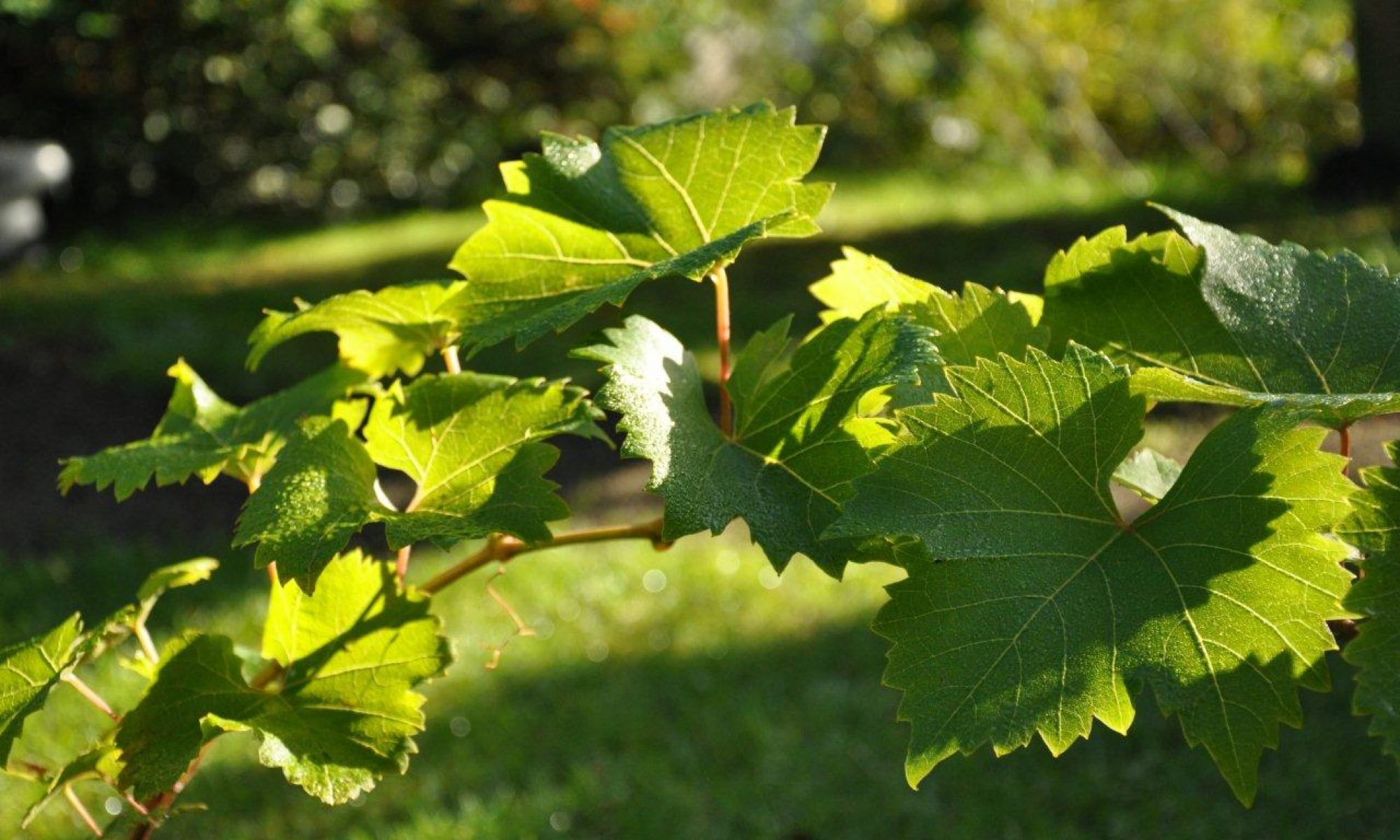Looking at the last update in April 2017 you would be forgiven for thinking that things were a bit of a lost cause in the vineyard. On the contrary, the vines made an impressive recovery last year and I managed to get about 7kg of grapes. Not exactly a bumper harvest but a harvest nonetheless, and I pressed and fermented the juice to end up with 2.5l of wine from a combination of the Phoenix and Orion grapes. There weren’t many Solaris grapes when they were ripe so I just pressed them for juice, which was delicious!
I thought it would be fun to try and turn the 2.5l of wine into sparkling wine, so that is what I have just done. I took the wine which was well settled and clear by now, and added a 4% ‘mother culture’ or ‘Liquer de Tirage’ as they call it in that French region famed for its sparkling wine. It is a mixture of wine, yeast and sugar, prepared a couple of days in advance of bottling to ensure the yeast is fully activated. The yeast is a particular variety that is used for Champagne, which is quite happy fermenting at low (cellar) temperatures to provide the secondary fermentation in the bottle which produces the fizz.
So I have bottled the concoction into 3 champagne bottles, yes 3 whole bottles, capped them, and laid them down in the fridge set to 12°C. I’ll leave them for a few months now before the next stage of removing the caps along with the yeast sediment before final corking. According to the official rules of Champagne production, they should sit for at least 18 months to fully mature, but no doubt I’ll be too impatient and want to try some before then.
In the vineyard things are also looking good. We had no late frost this year and the vines are growing like mad in their new ‘Geneva Double Curtain’ format. The bunches are forming well and there are LOADS of them! No doubt there will be some disaster as there always is but at the moment I’m remaining positive for a bumper harvest. The next critical time is late June when they flower, so let’s hope for some good dry days then.








